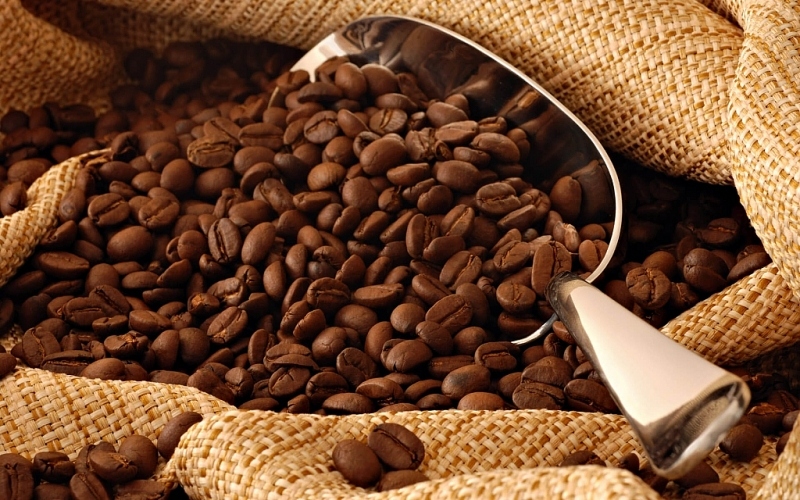Coffee sector to boost exports on EVFTA incentives
- Six cafes offering best egg coffee in Hanoi
- Coffee exports enjoy major surge to EU market
- Huge potential for Vietnamese coffee exports to North Africa market

Statistics compiled by the General Department of Vietnam Customs indicate that Vietnam exported 1.57 million tonnes of coffee worth US$2.74 billion last year, representing a decrease of 5.6% in volume and 4.2% in value, while the average export price saw a slight increase of 1.4% to US$1,751.2 per tonne compared to 2019.
Germany remains the largest consumer of Vietnamese coffee, importing 223,581 tonnes worth US$350.41 million, marking a decline of over 4% in both volume and turnover. Meanwhile, the average export price in the market stood at US$1,567 per tonne, a rise of 0.4%.
The Southeast Asian market ranked second in terms of turnover with US$328.36 million, a drop of 8.6% in turnover, followed by the United States’ market with US$254.89 million.
The MARD anticipates that there are positive signs moving forward for coffee exports as Vietnam’s coffee export markets suffered huge losses due to the COVID-19 pandemic leading to an increase in domestic demand for coffee.
Despite this forecast, the rebound of coffee prices will largely be dependent on the tourism industry’s recovery level in the post-COVID-19 landscape.
Moreover, local businesses have been advised to make full use of opportunities brought about by the EU-Vietnam Free Trade Agreement (EVFTA) in order to boost exports in the near future.
MARD Deputy Minister Le Quoc Doanh said the enforcement of the EVFTA has seen the EU remove all taxes on unroasted or roasted coffee products from 7% to 0%, while tariffs on processed coffee types are set to be slashed from 9% to 0%.
Simultaneously, coffee makes up one of 39 of the country’s geographical indications that have been protected by the EU following the implementation of the EVFTA, an agreement which has created a huge competitive advantage for the local coffee industry in comparison with other competitors in the EU market.

